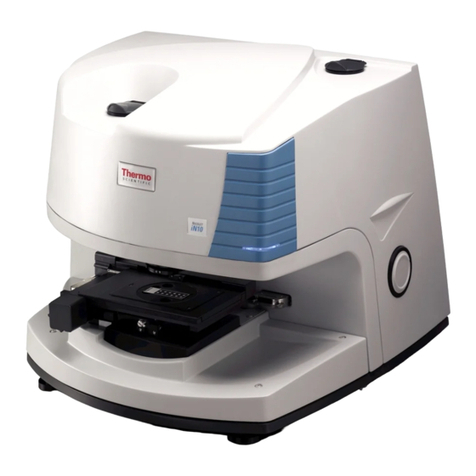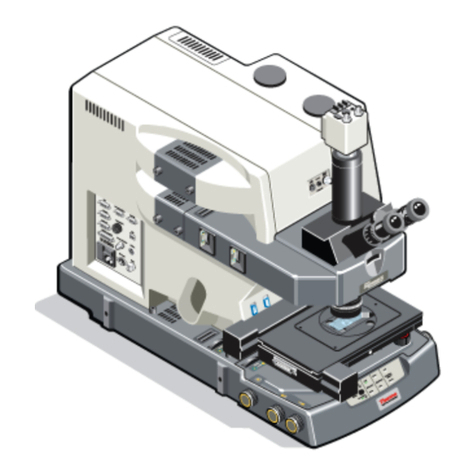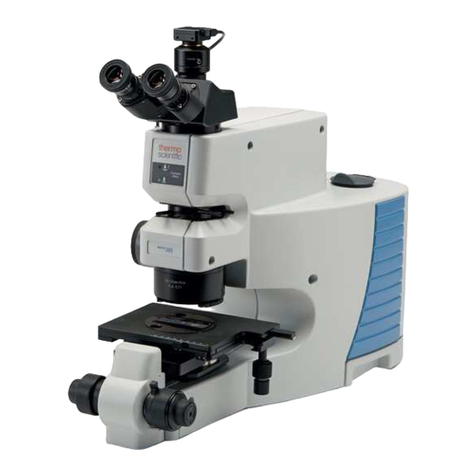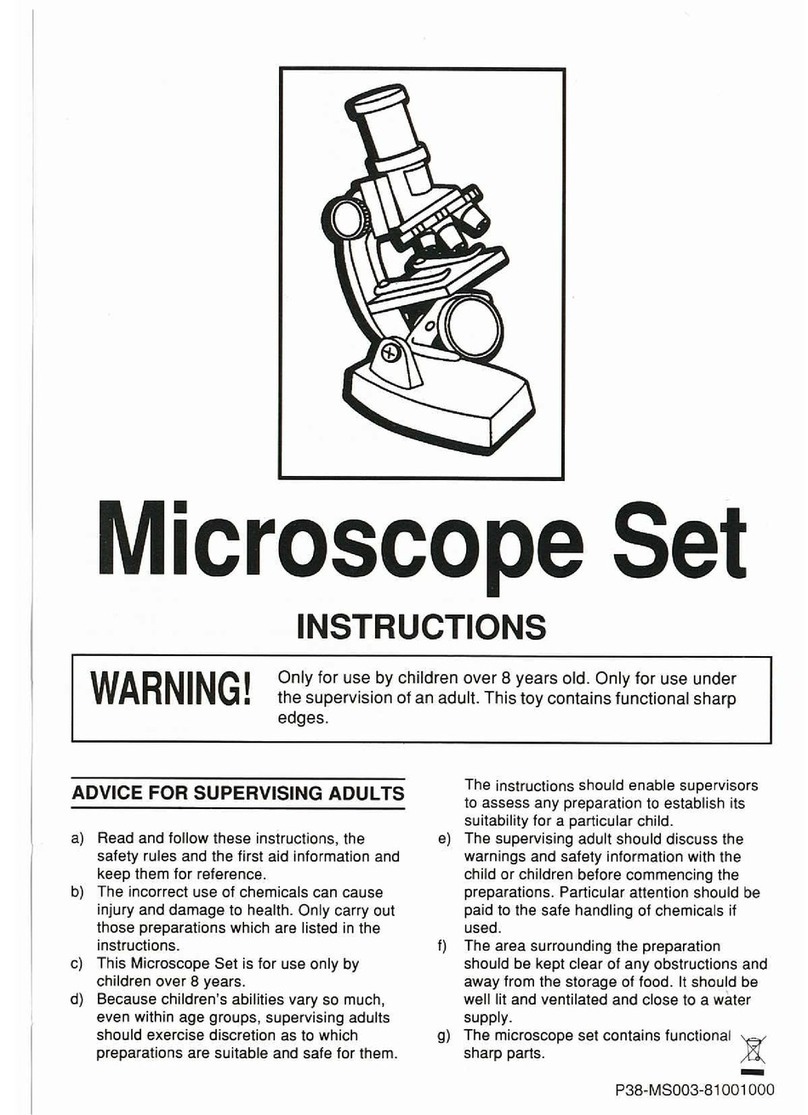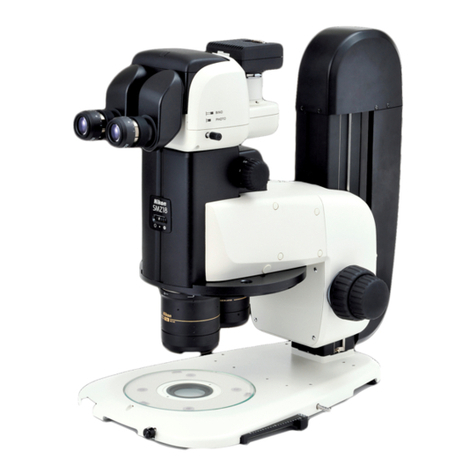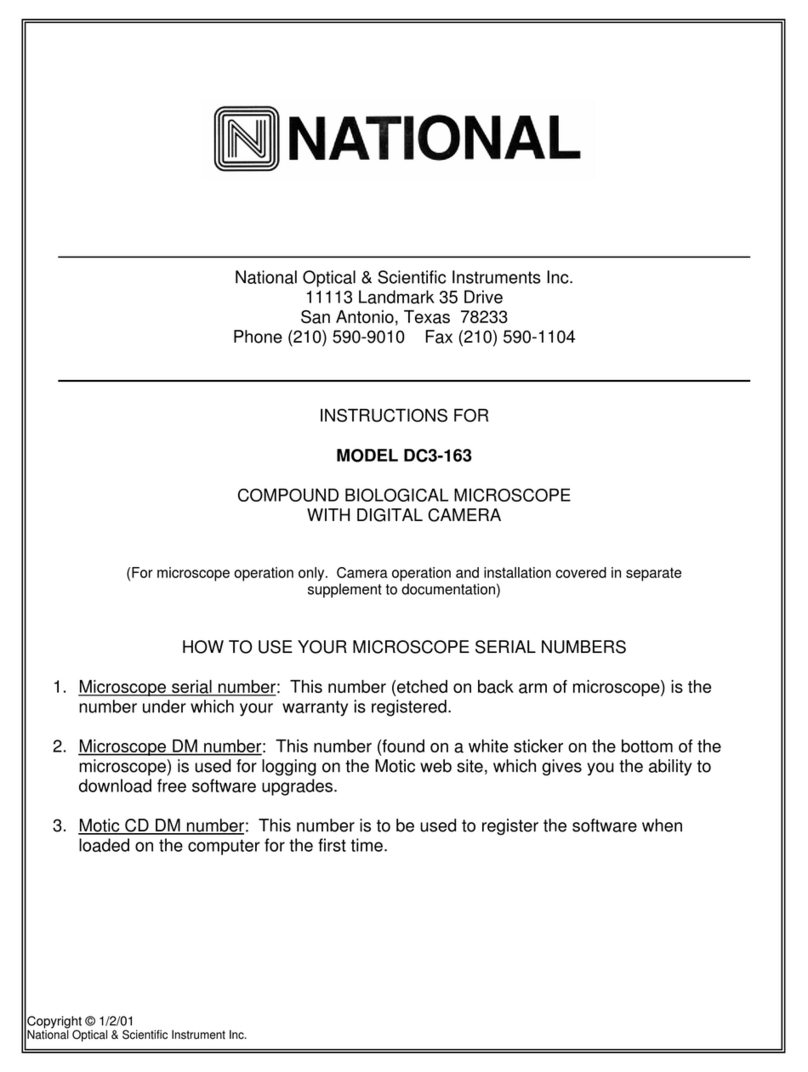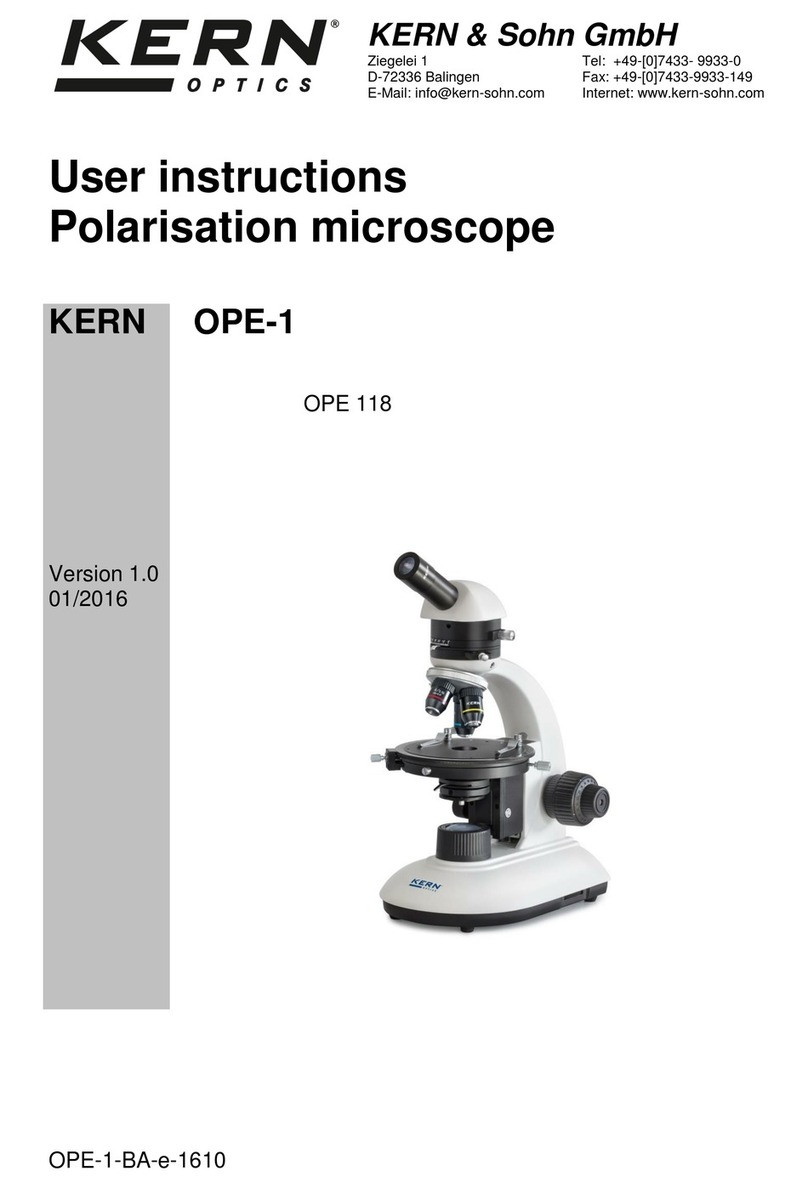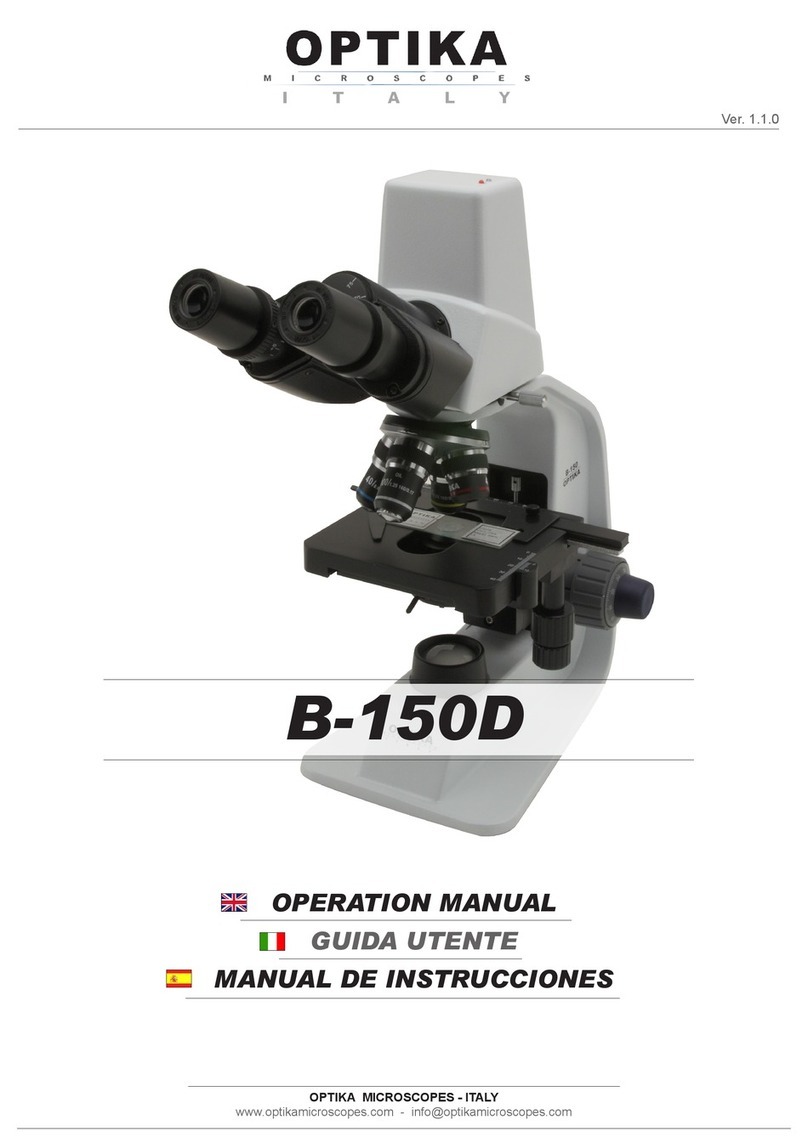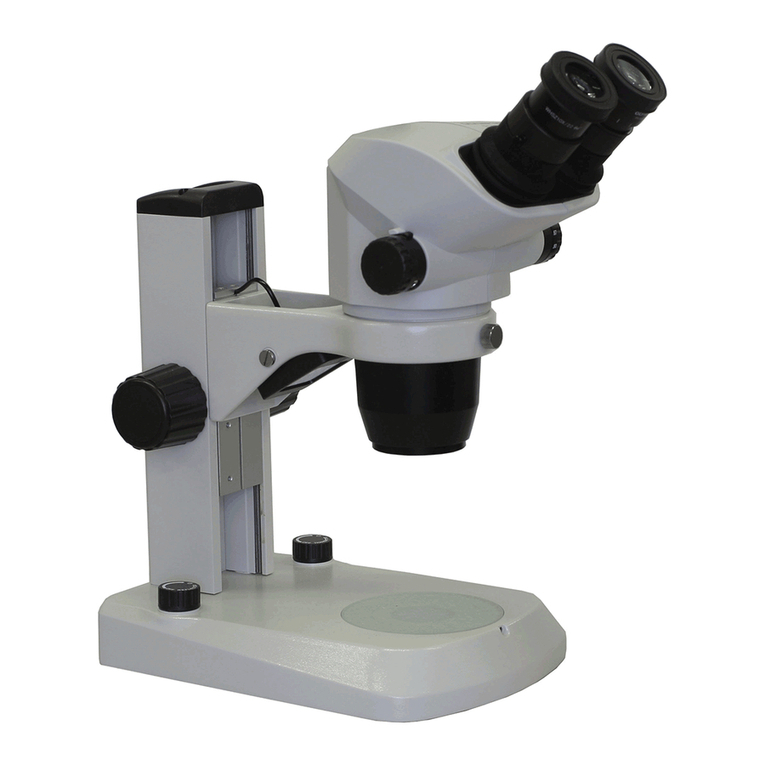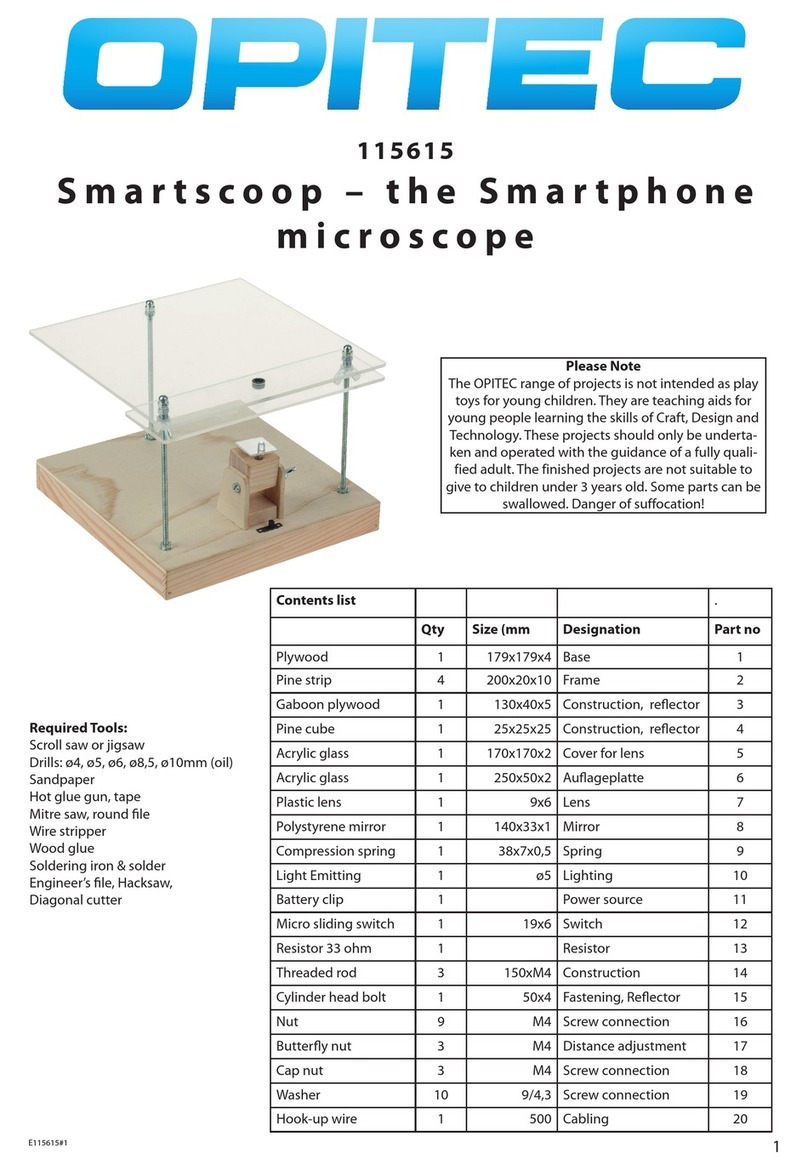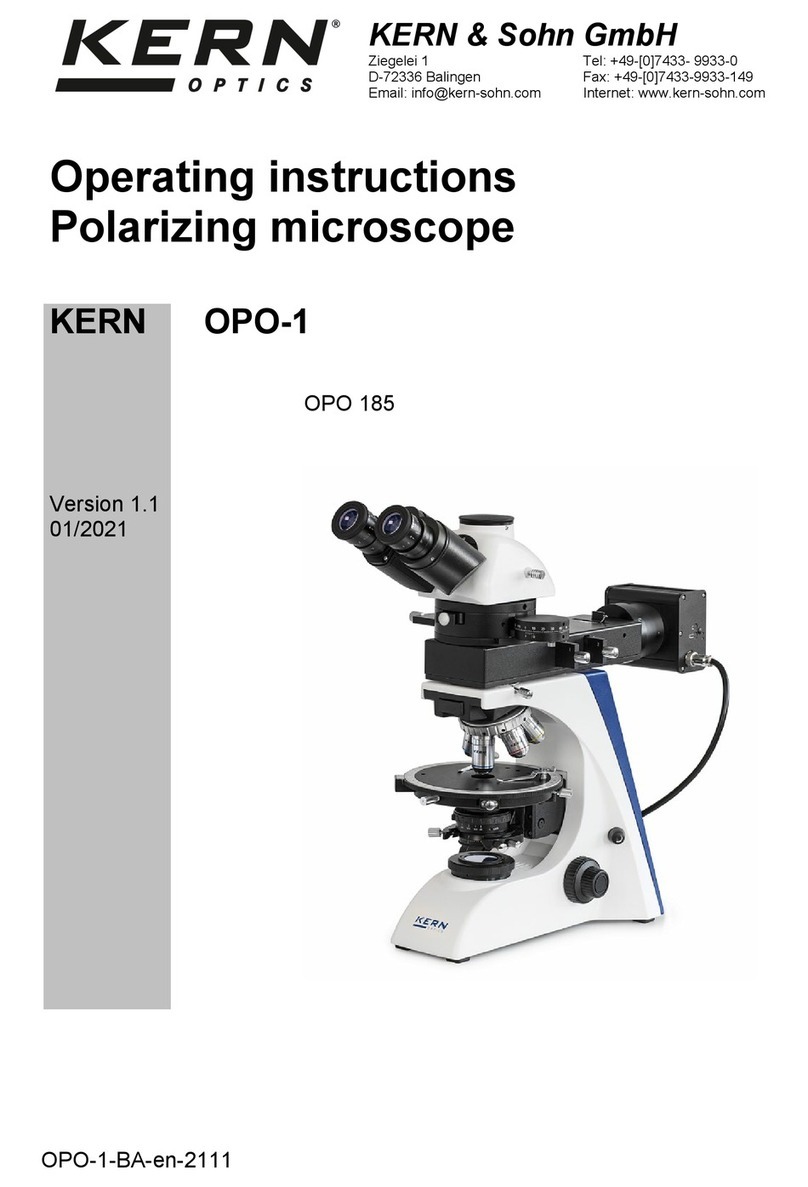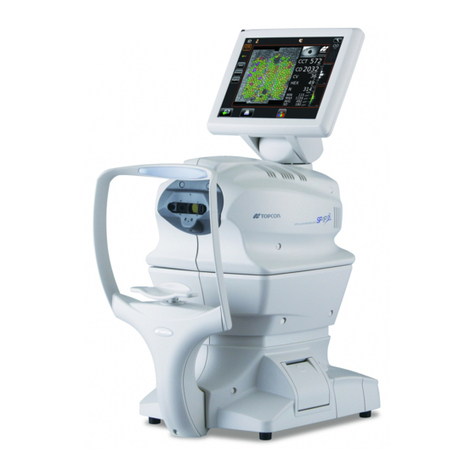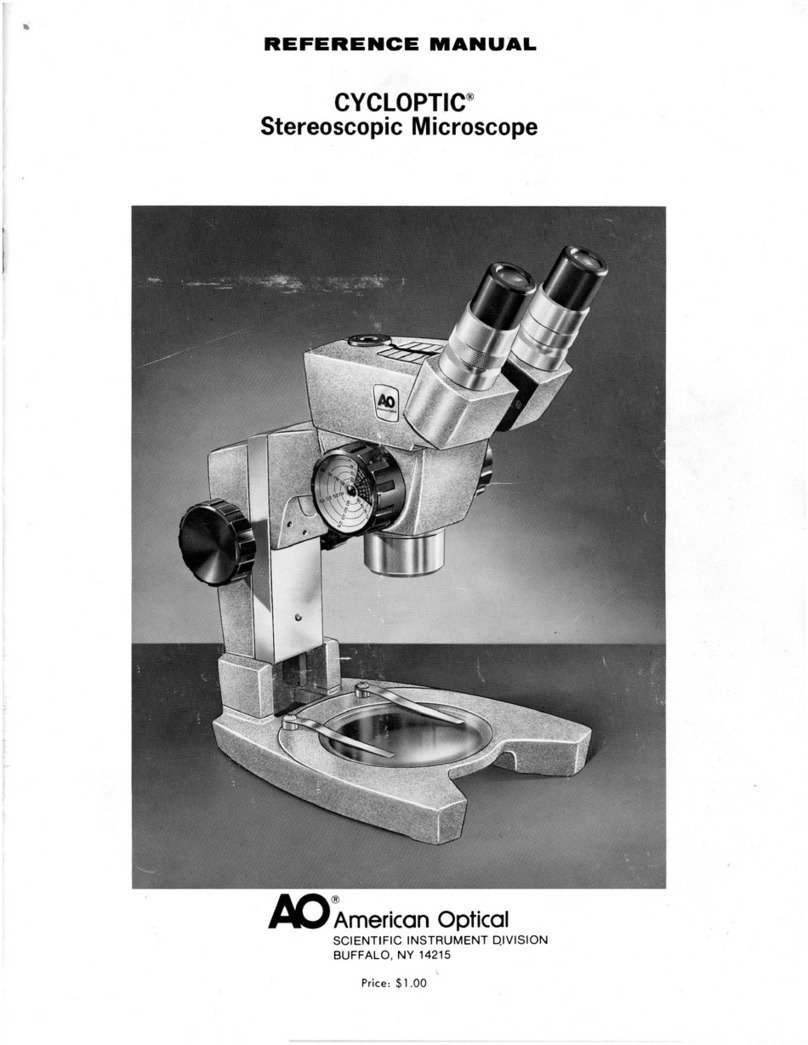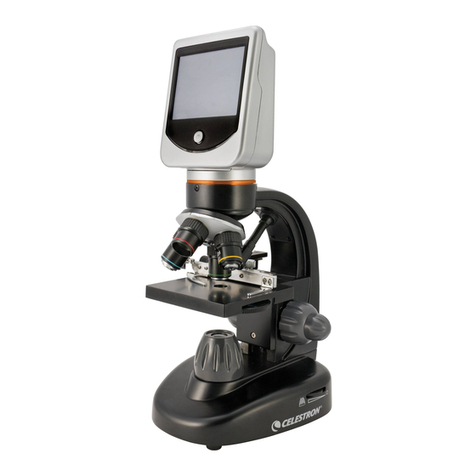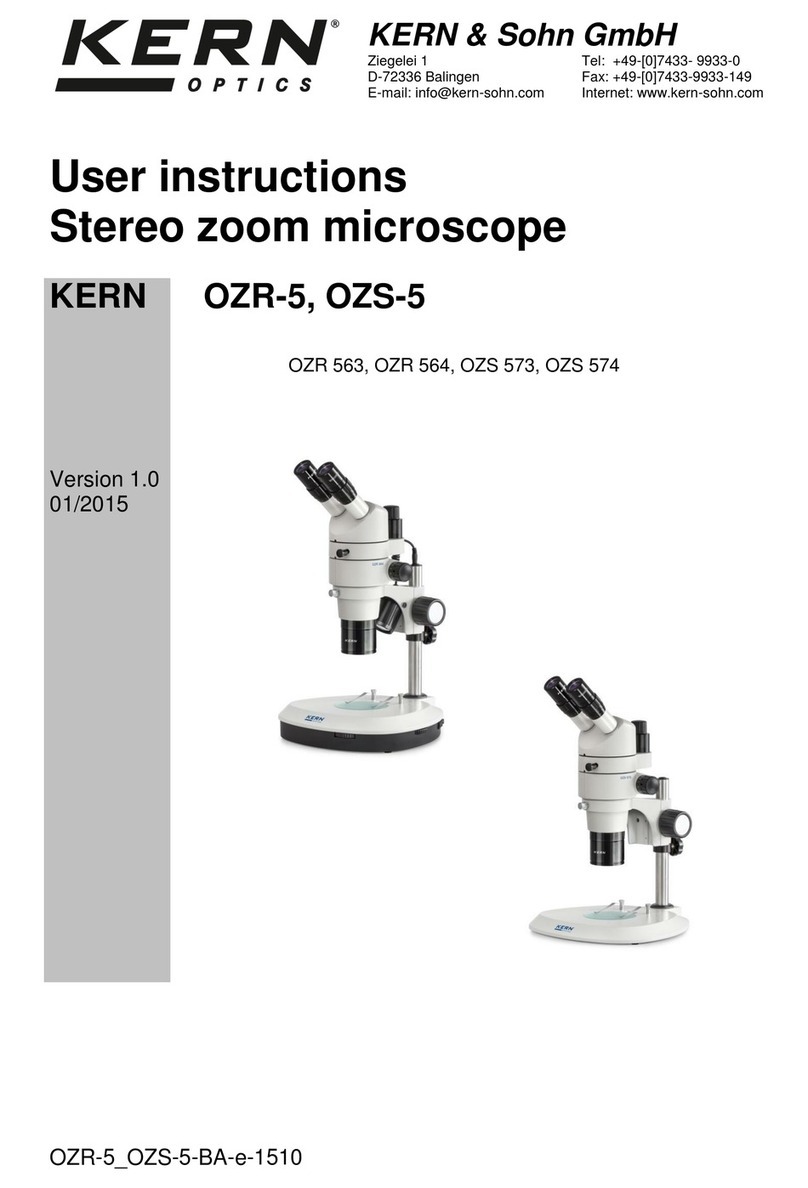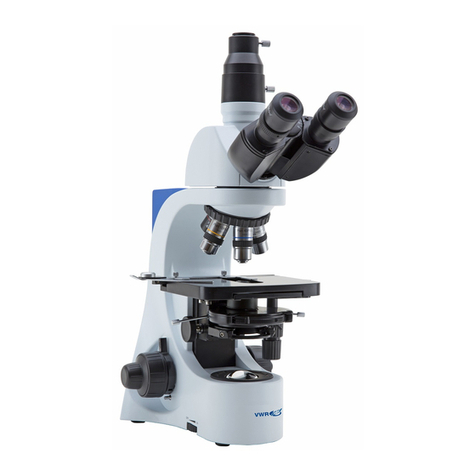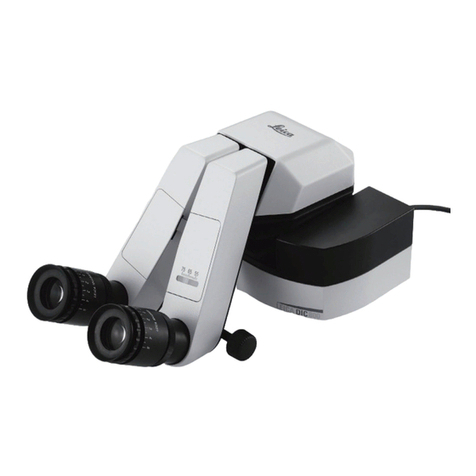
Installing the Continuµm IR Microscope - Unpacking and Interfacing to an iS10/iS50
This document contains confidential or proprietary information of Thermo Fisher Scientific. Neither this
document nor the information therein is to be reproduced, distributed, used or disclosed, either in whole or
in part, except as specifically authorized by Thermo Fisher Scientific.
4/13/2015 Page 6 of 30
Notes:
1. This procedure describes the installation of the current configuration of the
Continuµm Microscope.
2. This procedure assumes that the Continuµm microscope is being installed with a
new, current model spectrometer. Performance tests should be performed and
passing specification on the spectrometer prior to performing Continuµm
performance tests.
3. This procedure assumes that the computer system meets the minimum requirements
for the configuration.
4. This procedure assumes that either a passport or external flipper mirror is installed
on the spectrometer to allow redirection of the main beam to the Continuµm.
5. The Continuµm installation procedure is broken into sections (i.e. Install-001-1) to
make downloading the file easier and faster and to allow the service rep to download
only the sections they need as reference.
6. The Continuµm install procedure assumes the person using these procedures has
attended formal Continuµm training. This is due to the many alignment and
calibration procedures that cannot be thoroughly explained and understood in
document format.
7. All configurations of the iS50 and Continuµm microscope referred to in this
procedure are assumed to be operating under OMNIC 9.0 or greater. OMNIC 9.0 is
the first version of OMNIC software to support the iS50 Spectrometer.
8. The cable restraints along the side of the top-panel of the iS50 Continuµm right-side
interface are to secure the Prior fast mapping stage cable when the microscope is
mounted on the right-side of the iS50. It is not necessary to use the cable restraints
for a microscope mounted on the left-side of the iS50 as the stage cable routes
around the left side of the Continuµm. Refer to the following page.
